CAPE Roof Condition Reason Codes Provide Greater Transparency Into Underlying Rating Characteristics
Update: This article refers to a previous version of Roof Condition Rating (RCR) and its associated reason codes. Please see this post or contact your CAPE representative to learn more about RCR Version 5 (v5).
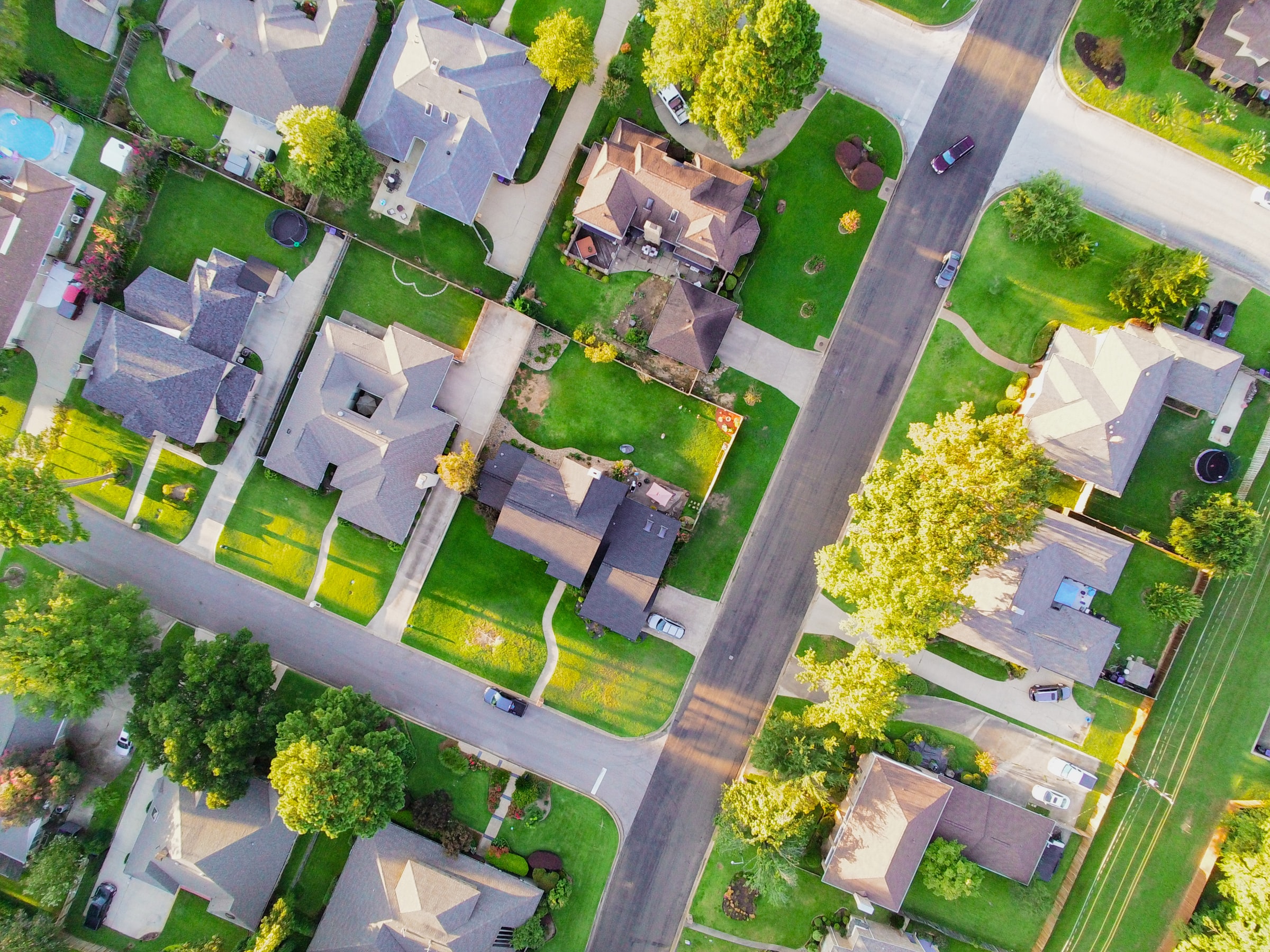
CAPE Analytics pioneered the Roof Condition Rating (RCR) attribute which indicates the overall condition of the roof on a 5-point scale. RCR is used today by carriers across the U.S. and Canada for rating, quoting, underwriting, and inspection triage. Roof Condition Ratings range from excellent, where the roof is in pristine condition and shows no visible defects, to severe, where the roof has obvious, pronounced, and widespread signs of defects.
RCR is extremely predictive of loss potential and has become the gold standard for assessing rooftops for property underwriting and pricing. For example, roofs that are in poor or severe condition see a 75% higher wind/hail claim frequency than those in excellent or good condition.
Now, CAPE is introducing a new level of transparency by providing reason codes that give an explanation of the underlying characteristics responsible for a given Roof Condition Rating level. With the addition of these reason codes, carriers have the benefit of further segmentation in rate models and greater transparency with the insured.
CAPE Roof Condition Reason Codes
Reason codes describe common roof characteristics that drive a Roof Condition Rating. Using aerial imagery and computer vision, CAPE’s AI models analyze the many aspects of a roof to better understand its overall state, including issues such as degradation of roof materials, the presence of a tarp, build-up of organic matter like leaves, standing water, irregular patching, as well as streaking and discoloration.
Reason Code Examples
Material Degradation describes the degree to which the roofing material appears to be in a degraded state, including common issues like peeling materials, rusting, or poor sealing.
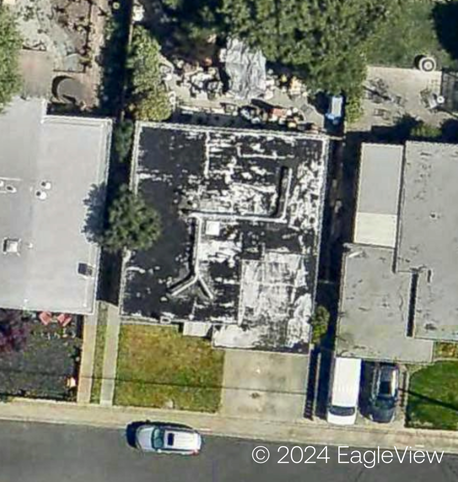
Tarp Presence
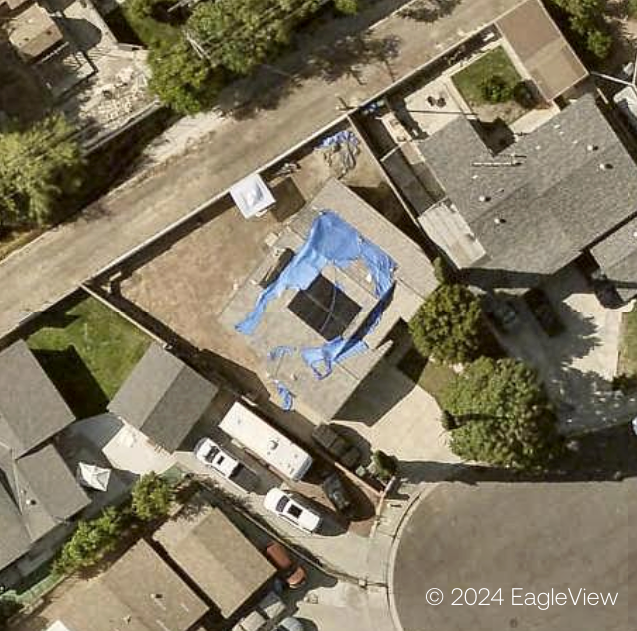
Loose Organic Matter describes the appearance of leaves, pine, or other natural buildup left on the structure’s roof by surrounding trees.
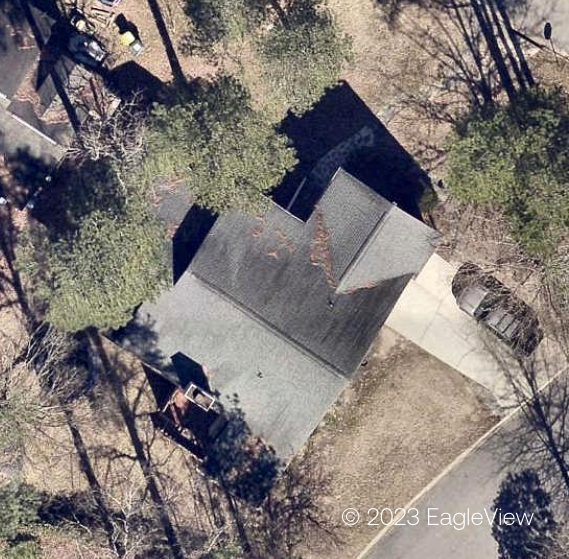
Ponding happens when standing water pools on a roof. We see this issue appear more frequently on buildings with flat roofs.
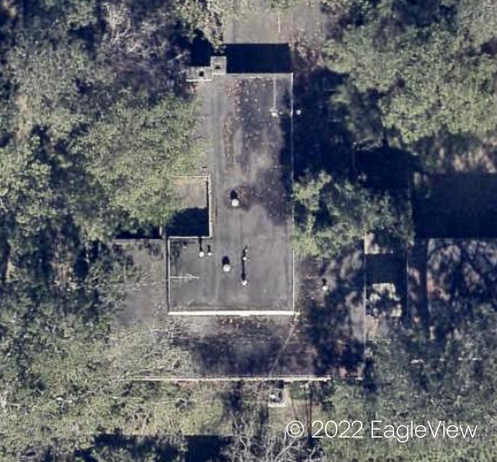
Patching
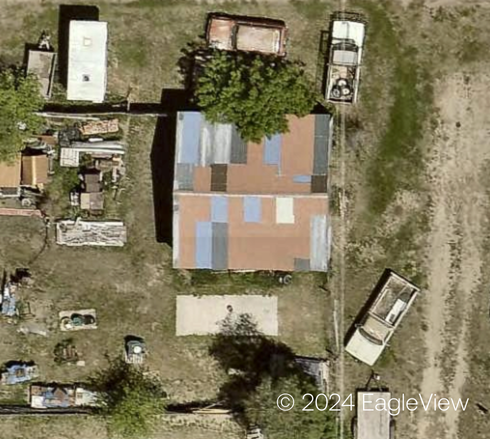
Streaking is often due to black algae buildup on a roof, and Natural Discoloration can be due to natural effects such as dirt accumulation or black algae buildup.
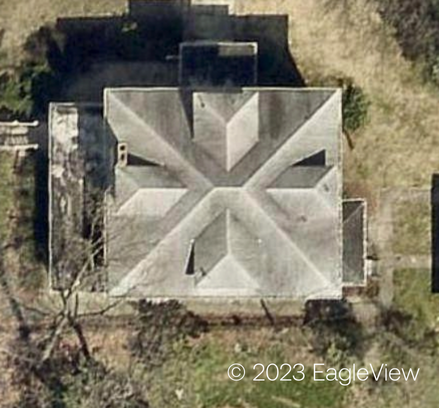
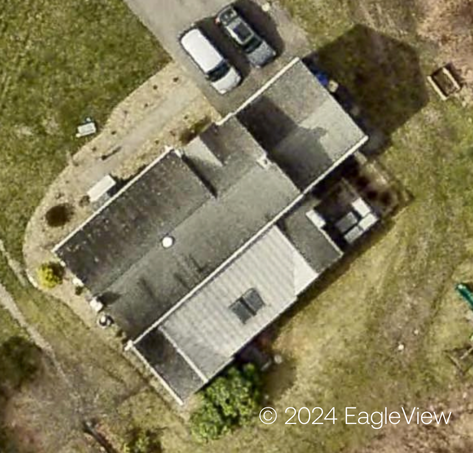
Why Do Reason Codes Matter?
CAPE’s Roof Condition Rating continues to be the most transparent and explainable loss-predictive attribute on the market. The addition of reason codes provides underwriters with another powerful tool to perform finer risk segmentation. Reason codes allow underwriters to engage the insured and independent agents in transparent conversations about the reasoning behind the rating received.
CAPE Roof Condition Insights:
- The most common roof condition characteristic is natural discoloration. More than half of all roofs in the U.S. have some amount of discoloration.
- Many roof conditions occur in combination. For severe roofs, the most common combination is Material Degradation and Discoloration, while for poor roofs, a combination of Streaking and Discoloration is the most common.
Contact us to learn more about how CAPE’s Roof Condition Reason Codes can help drive better risk segmentation and transparency.
